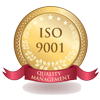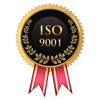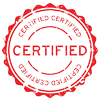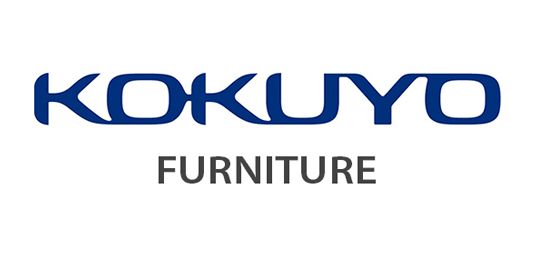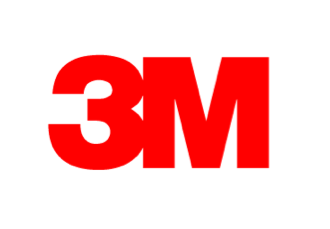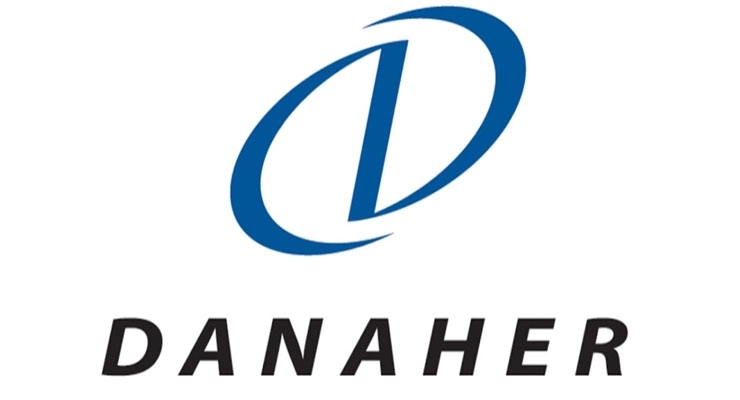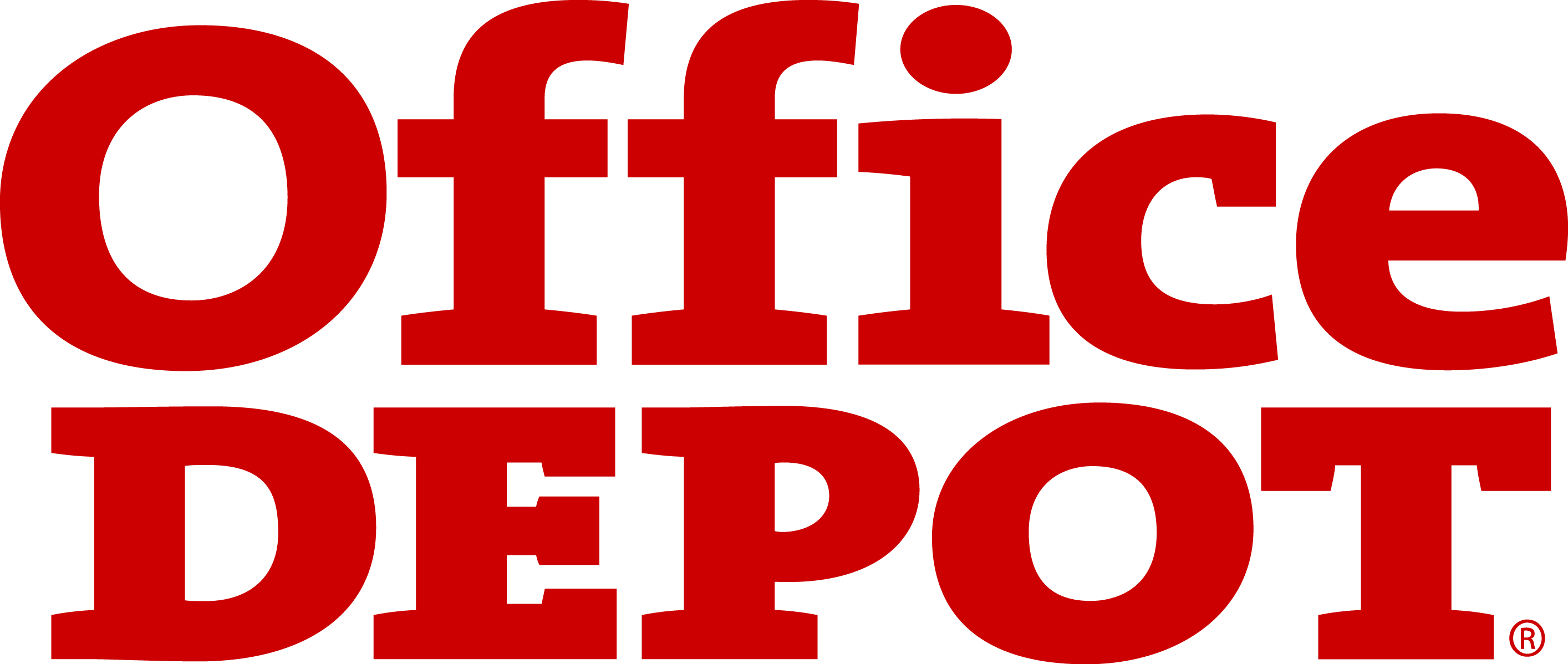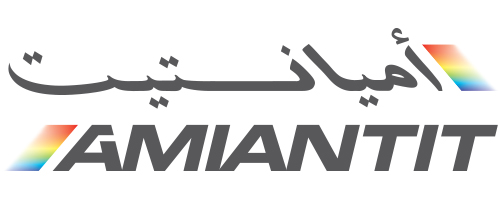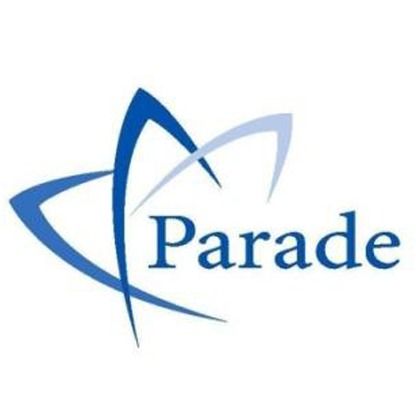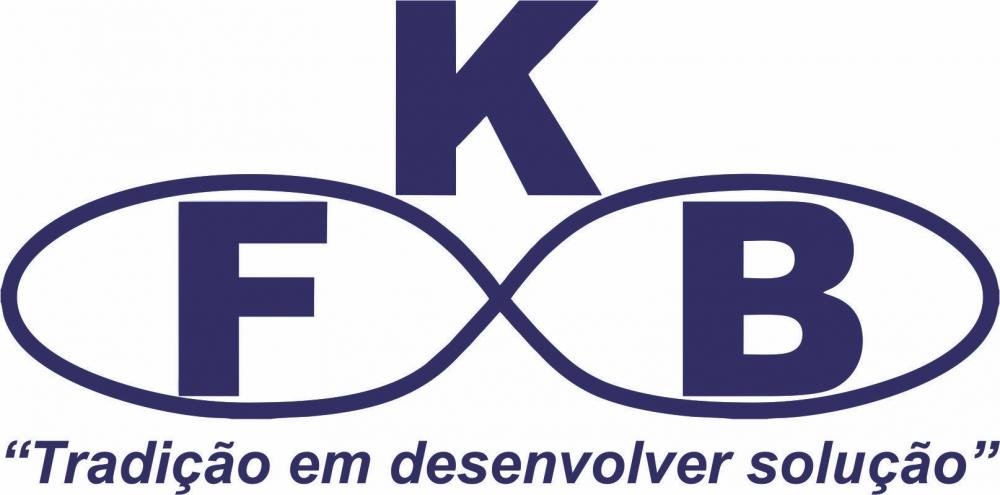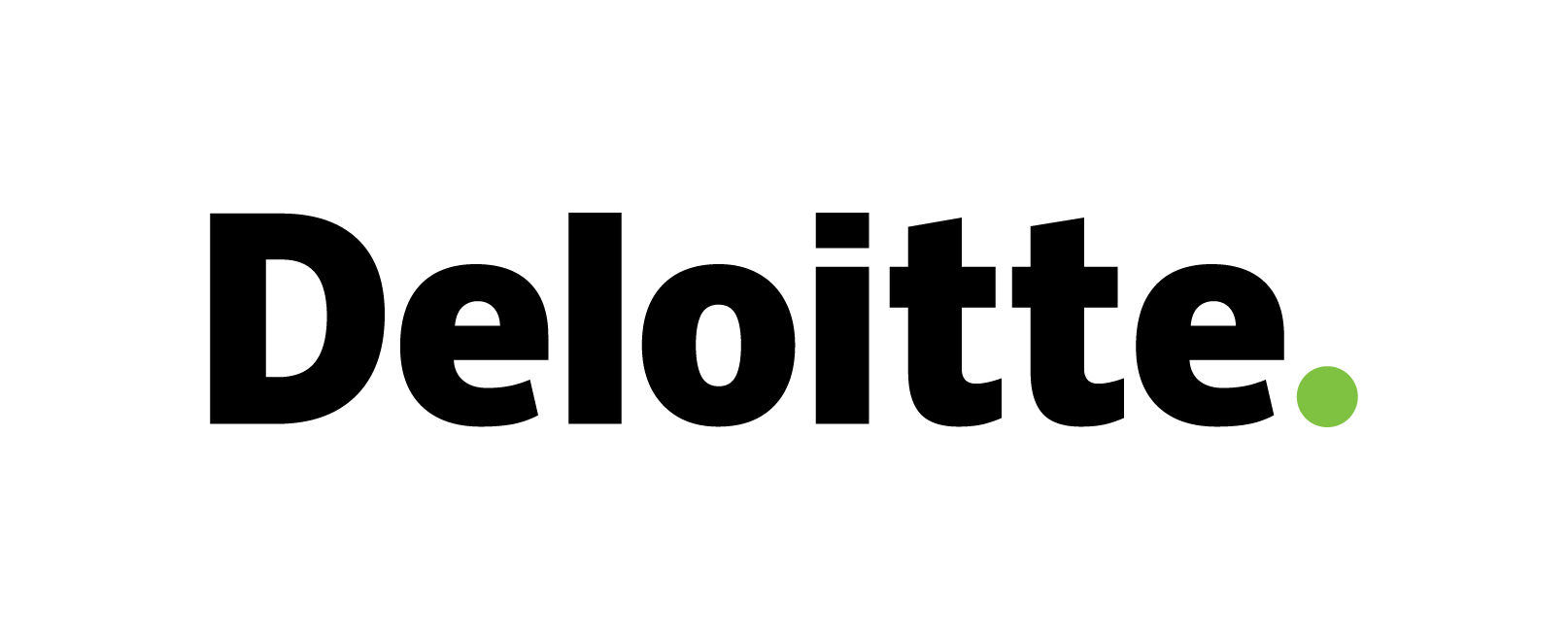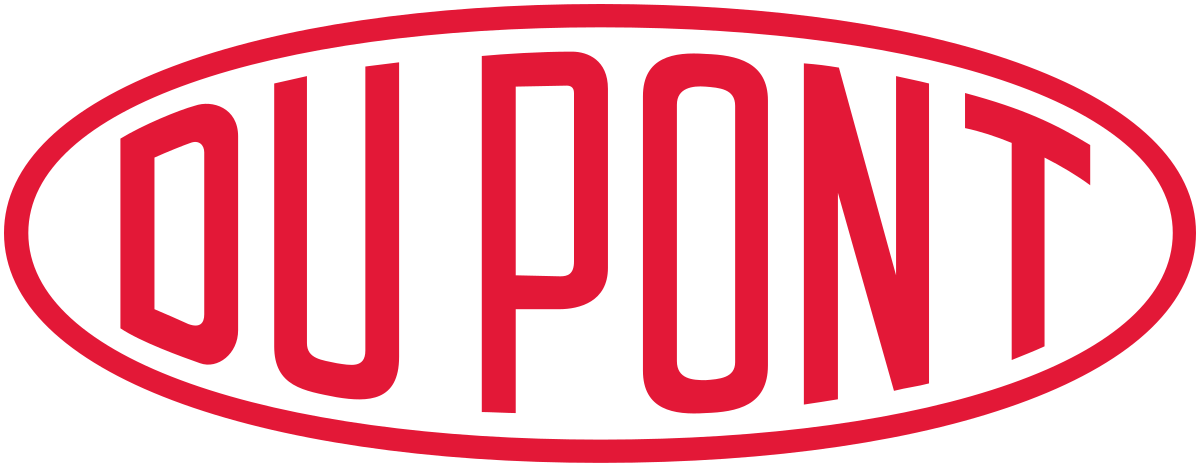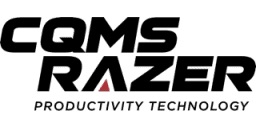Plasterboard Market
Plasterboard Market Trends, Opportunity, and Forecast Analysis, 2024-2033
Plasterboard market revenue to generate USD 46.8 Billion by 2033, according to KDMI analyst’s growth analysis. The market is segmented by Type, Form, End-User, and by Region.
Plasterboard Market Size Survey Report – In a Glance
As per the survey report on global Plasterboard market, the market is projected to foresee a CAGR of 5.9% between 2024-2033, and further generate a market size of USD 46.8 billion by the end of 2033. In the year 2024, the market size was valued at USD 25.9 billion.
- The global Plasterboard market is projected to grow on account of the upsurge in demand for dry construction methods.
- In Japan, the Plasterboard market growth can be attributed to the investing more in modern housing solutions.
- KDMI analyst’s growth analysis foresees fluctuating raw material prices to challenge the market growth.
- Asia Pacific, having the highest market share in the Plasterboard market, is projected to dominate the global market.
Plasterboard Market Analysis
Analyst’s Observation on Plasterboard Market Survey
Plasterboard is a sheet made of calcium sulfate dihydrate (gypsum), usually pressed between two layers (a facer and a backer), and cemented together by starch glue and gypsum crystals that penetrate the cardboard surface during the drying process. It is a popular alternative to plastering, which is primarily used to make interior walls and ceilings. Compared to plastering, the plasterboard is widely used as it is less time-consuming than old-style board and plaster. It is also known as gypsum board, drywall, wallboard, or wall panels. The Plasterboard market is growing rapidly due to an upsurge in demand for dry construction methods. Over 90% of building construction uses plasterboard in the United States, which is made with gypsum. Etex Group, USG Corporation, and Georgia Pacific LLC are some of the significant parties in the global market for Plasterboard.
Analyst’s Observation on Japan Plasterboard Market Survey
In Japan, the market growth for Plasterboard can be attributed to the rising demand for decorative ceilings. Japanese people are investing more in modern housing solutions. A plasterboard ceiling system is generally used for decorative ceilings due to its cost effectiveness, easy installation, and artistically pleasant surface. One of the key benefits of this ceiling is that it hides all the wiring and rest area above the ceiling while allowing sufficient space to install filling materials in the ceiling roof space.
Japan has been ranked 10th within the group of 84 countries in terms of gypsum and plasterboard production. Yokohama, Kanagawa, A & A Material Corporation, and Yoshino Gypsum Co., Ltd. are some of the significant parties in the market for Plasterboard in Japan.
|
Plasterboard Market: Report Scope |
|
|
Base Year |
2023 |
|
Base Year Market Size |
USD 25.9 Billion in 2024 |
|
Forecast Year |
2024-2033 |
|
Forecast Year Market Size |
USD 46.8 Billion in 2033 |
|
CAGR Value |
5.9% |
|
Plasterboard Market Key Trends/Major Growth Drivers |
|
|
Restraint Factors |
|
|
Plasterboard Market Segmentation |
|
|
Plasterboard Market Key Players |
Armstrong World Industries Inc. (US), Etex Group (Belgium), Saint-Gobain SA (France), Gypsum Management and Supply Inc., USG Corporation (US), Georgia Pacific LLC (US), Boral Limited (Australia), KNAUF Gips KG (Germany), Fletcher Building Limited (New Zealand) and others. |
Plasterboard Market Growth Drivers and Challenges
Growth Drivers
Rising construction activities: Rapid urbanization and industrialization result in increased residential, commercial, and industrial constructions. Plasterboard is a popular solution used in construction methods due to its fire-resistant, lightweight, and sustainable features. Infrastructure construction, especially within developing nations, demands it highly because of its excellent soundproofing properties. It is used to line roofs, floors, ceilings, and walls because it is light, cheap, and allows easy installation. Plasterboard material is sustainable and can be recycled; thus, it is easy to use but also easy to disassemble. The global construction market is anticipated to expand by USD 4.5 trillion to USD 15.2 trillion in the next 10 years,which indicates a huge demand for plasterboard in the construction industry in the future.
Rising demand for sustainable construction practices: Sustainability in construction is the practice of designing and constructing buildings with a focus on reducing their environmental impact while maximizing their social and economic benefits. Plasterboards are known for their eco-friendly qualities, such as energy efficiency, waste reduction, and recyclability. Globally, environmental concerns and regulations have become stricter, Construction sectors have increasingly started to use plasterboards as a sustainable option. By using plasterboards as a sustainable material, construction developers can able to reduce operational costs, such as energy, water, and maintenance expenses. In the United Kingdom, the Plasterboard Sustainability Partnership was set up by the Department for Environment, Food, and Rural Affairs (DEFRA) to promote awareness of sustainability throughout the plasterboard supply chain.
Restraint Factors
Fluctuating raw material prices: The plasterboard market is facing challenges due to fluctuating raw material prices such as gypsum, which is the primary raw material needed for manufacturing of plasterboard. Due to global supply chain disruptions, prices of gypsum are fluctuating, leading to higher manufacturing and marketing prices, and further it hampers the baby diaper market growth.
Environmental and Sustainability Regulations: The plasterboard market is experiencing burden to obey with stringent environmental and sustainability regulations. Manufacturers are required to adopt eco-friendly practices and utilize more sustainable raw materials, and improve the recyclability of their products, which costs more for them and further it hampers the plasterboard market growth.
Plasterboard Market Segmentation
Our experts at KD Market Insights have segmented the global Plasterboard market research report as:
|
By Type |
|
|
By Form |
|
|
By End-User |
|
|
By Region |
|
Plasterboard Market Regional Synopsis
Asia Pacific, having the highest market share as well as it is growing with the fastest CAGR in the Plasterboard market is majorly driven by the growing construction landscape. In countries of the Asia Pacific region such as China Australia, Japan, and India, the construction sector is growing rapidly with substantial investments in residential and infrastructure projects. China leads the world with the largest construction industry, driven by rapid urbanization, significant infrastructure projects, and robust financial growth. , India is the world’s third largest construction sector with increasing developments in residential as well as commercial constructions and shows a consistent upward trend. China and India are both countries that are driving the plasterboard market of Asia Pacific due to increasing demand for plasterboards from the construction sectors. China is the predominant producer of Gypsum as well as gypsum board. About 78% of the overall gypsum utilized in East Asia in 2022. The high demand in the country makes China a profitable market for gypsum producers. This indicates that China has the largest plasterboard production which is widely used in construction sectors of the Asia Pacific region.
In North America, growing awareness of environmental issues and sustainability encourages the adoption of eco-friendly building materials such as plasterboard, which can be recycled and contribute to energy efficiency in building construction.
Eurogypsum is the European association representing the suppliers of gypsum and gypsum-based products, such as plasterboard, enabling Europe’s carbon neutrality objectives to reach net-zero emissions by 2050. UK, Germany, and Spain drive the expansion of the plasterboard market due to increasing ceiling decoration and construction activities. In the UK around 270 million m2 of plasterboard is manufactured annually by using some 3 million tons of gypsum. Representing around 60% of the total annual output.
In Latin America, Plasterboard market is growing due to its adaptability in installation, cost-effectiveness, and flexibility with several finishing techniques.
Middle East’s market expansion is driven by factors such as increased urbanization and increased residential projects demands huge quantity of plasterboards. Africa increasingly demands plasterboard for construction sector due to rising awareness of using eco-friendly material.
Plasterboard Market Competitive Landscape
Some of the key players who top the global Plasterboard market share:
- Armstrong World Industries Inc. (US)
- Etex Group (Belgium)
- Saint-Gobain SA (France)
- Gypsum Management and Supply Inc. (the US)
- USG Corporation (US)
- Georgia Pacific LLC (US)
- Boral Limited (Australia)
- KNAUF Gips KG (Germany)
- Fletcher Building Limited (New Zealand)
1. Executive Summary
1.1. Market Overview
1.2. Key Findings
1.3. Market Trends
1.4. Market Outlook
2. Introduction
2.1. Scope of the Report
2.2. Research Methodology
2.3. Definitions and Assumptions
2.4. Acronyms and Abbreviations
3. Market Dynamics
3.1. Drivers
3.2. Restraints
3.3. Opportunities
3.4. Challenges
4. Global Plasterboard Market
4.1. Market Overview
4.2. Market Size and Forecast
4.3. Market Segmentation
4.3.1. By Type
4.3.2. By Form
4.3.3. By End-User
4.3.4. By Region
5. Market Segmentation by Type
5.1. Standard
5.2. Fire-Resistant
5.3. Sound-insulated
5.4. Moisture-Resistant
5.5. Thermal
5.6. Specialist
5.7. Impact-Resistant
6. Market Segmentation by Form
6.1. Tapered-Edged
6.2. Square-Edged
7. Market Segmentation by End-User
7.1. Residential
7.2. Non-Residential
8. Regional Analysis
8.1. North America
8.1.1. United States
8.1.1.1. Market Size and Forecast
8.1.1.2. Key Trends and Developments
8.1.1.3. Market Analysis by Type, Form, and End-User
8.1.2. Canada
8.1.2.1. Market Size and Forecast
8.1.2.2. Key Trends and Developments
8.1.2.3. Market Analysis by Type, Form, and End-User
8.1.3. Mexico
8.1.3.1. Market Size and Forecast
8.1.3.2. Key Trends and Developments
8.1.3.3. Market Analysis by Type, Form, and End-User
8.2. Europe
8.2.1. United Kingdom
8.2.1.1. Market Size and Forecast
8.2.1.2. Key Trends and Developments
8.2.1.3. Market Analysis by Type, Form, and End-User
8.2.2.Germany
8.2.2.1. Market Size and Forecast
8.2.2.2. Key Trends and Developments
8.2.2.3. Market Analysis by Type, Form, and End-User
8.2.3.France
8.2.3.1. Market Size and Forecast
8.2.3.2. Key Trends and Developments
8.2.3.3. Market Analysis by Type, Form, and End-User
8.2.4.Italy
8.2.4.1. Market Size and Forecast
8.2.4.2. Key Trends and Developments
8.2.4.3. Market Analysis by Type, Form, and End-User
8.2.5.Spain
8.2.5.1. Market Size and Forecast
8.2.5.2. Key Trends and Developments
8.2.5.3. Market Analysis by Type, Form, and End-User
8.2.6.Rest of Europe
8.2.6.1. Market Size and Forecast
8.2.6.2. Key Trends and Developments
8.2.6.3. Market Analysis by Type, Form, and End-User
8.3. Asia Pacific
8.3.1. China
8.3.1.1. Market Size and Forecast
8.3.1.2. Key Trends and Developments
8.3.1.3. Market Analysis by Type, Form, and End-User
8.3.2.Japan
8.3.2.1. Market Size and Forecast
8.3.2.2. Key Trends and Developments
8.3.2.3. Market Analysis by Type, Form, and End-User
8.3.3.India
8.3.3.1. Market Size and Forecast
8.3.3.2. Key Trends and Developments
8.3.3.3. Market Analysis by Type, Form, and End-User
8.3.4.Australia
8.3.4.1. Market Size and Forecast
8.3.4.2. Key Trends and Developments
8.3.4.3. Market Analysis by Type, Form, and End-User
8.3.5.South Korea
8.3.5.1. Market Size and Forecast
8.3.5.2. Key Trends and Developments
8.3.5.3. Market Analysis by Type, Form, and End-User
8.3.6.Rest of Asia Pacific
8.3.6.1. Market Size and Forecast
8.3.6.2. Key Trends and Developments
8.3.6.3. Market Analysis by Type, Form, and End-User
8.4. Latin America
8.4.1. Brazil
8.4.1.1. Market Size and Forecast
8.4.1.2. Key Trends and Developments
8.4.1.3. Market Analysis by Type, Form, and End-User
8.4.2.Argentina
8.4.2.1. Market Size and Forecast
8.4.2.2. Key Trends and Developments
8.4.2.3. Market Analysis by Type, Form, and End-User
8.4.3.Colombia
8.4.3.1. Market Size and Forecast
8.4.3.2. Key Trends and Developments
8.4.3.3. Market Analysis by Type, Form, and End-User
8.4.4.Rest of Latin America
8.4.4.1. Market Size and Forecast
8.4.4.2. Key Trends and Developments
8.4.4.3. Market Analysis by Type, Form, and End-User
8.5. Middle East & Africa
8.5.1. South Africa
8.5.1.1. Market Size and Forecast
8.5.1.2. Key Trends and Developments
8.5.1.3. Market Analysis by Type, Form, and End-User
8.5.2.Saudi Arabia
8.5.2.1. Market Size and Forecast
8.5.2.2. Key Trends and Developments
8.5.2.3. Market Analysis by Type, Form, and End-User
8.5.3.UAE
8.5.3.1. Market Size and Forecast
8.5.3.2. Key Trends and Developments
8.5.3.3. Market Analysis by Type, Form, and End-User
8.5.4.Rest of Middle East & Africa
8.5.4.1. Market Size and Forecast
8.5.4.2. Key Trends and Developments
8.5.4.3. Market Analysis by Type, Form, and End-User
9. Competitive Landscape
9.1. Market Share Analysis
9.2. Company Profiles
9.2.1. All Company Names
9.2.1.1. Armstrong World Industries Inc. (US)
9.2.1.2. Etex Group (Belgium)
9.2.1.3. Saint-Gobain SA (France)
9.2.1.4. Gypsum Management and Supply Inc. (the US)
9.2.1.5. USG Corporation (US)
9.2.1.6. Georgia Pacific LLC (US)
9.2.1.7. Boral Limited (Australia)
9.2.1.8. KNAUF Gips KG (Germany)
9.2.1.9. Fletcher Building Limited (New Zealand)
10. Strategic Recommendations
11. Appendix
11.1. List of Tables
11.2. List of Figures
12.References

Need Customized Report for Your Business ?
Utilize the Power of Customized Research Aligned with Your Business Goals
Request for Customized Report- Quick Contact -
- ISO Certified Logo -
